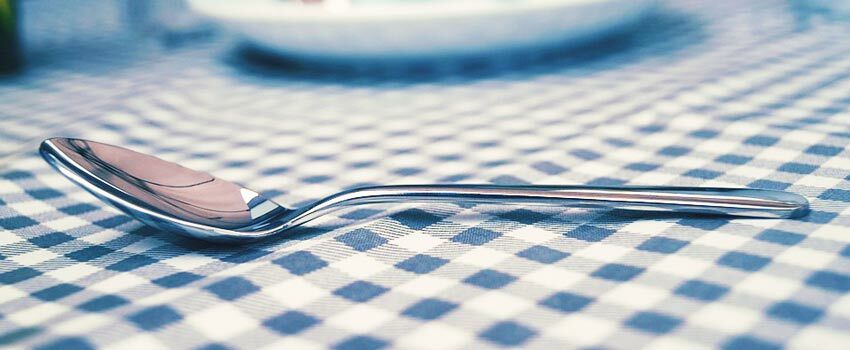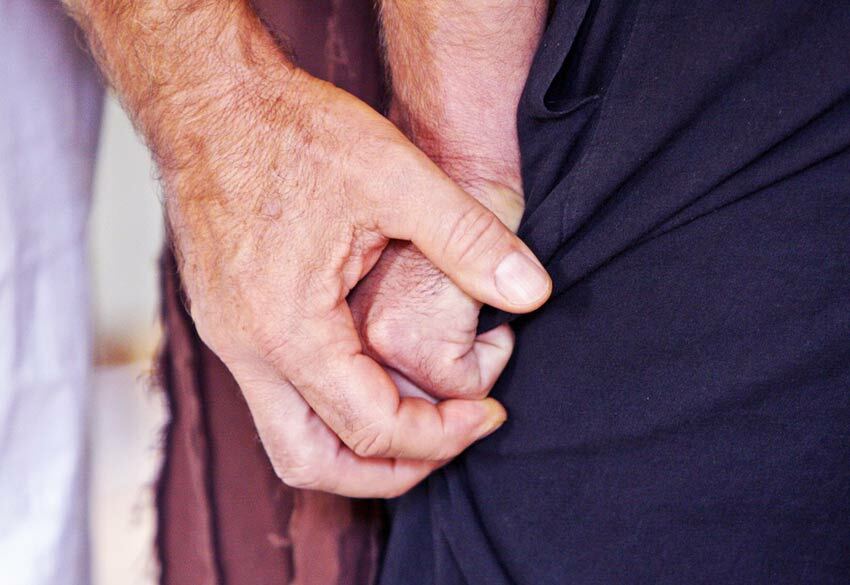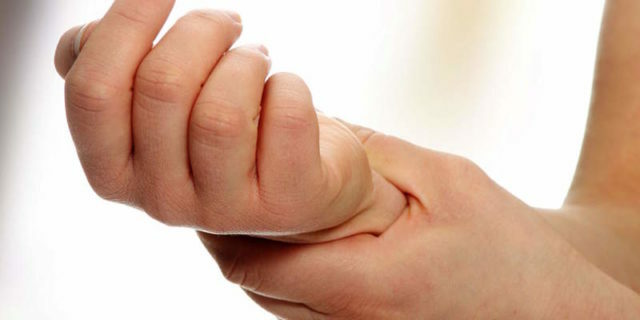
Contents of the page
- 1 Why does a joint crunch appear?
- 2 Which joints crun?
- 3 Knee joints
- 4 Finger joints
- 5 How to treat?
- 6 Treatment with folk remedies
The question why joints crunch are of interest to everyone who has ever encountered this phenomenon. Indeed, quite often, with a stretch, warm-up of fingers or the behavior of the shoulders, there arises a clearly perceptible crunch. Someone does not pay attention to this sound, and someone, on the contrary, flaunts them, especially adolescents or children.
A joint crunch can be physiological, that is, just an anatomical feature, but more often the appearance of this symptom signals health problems and is a harbinger of such serious diseases as arthritis or arthrosis.
Why does crunching appear in the joints?
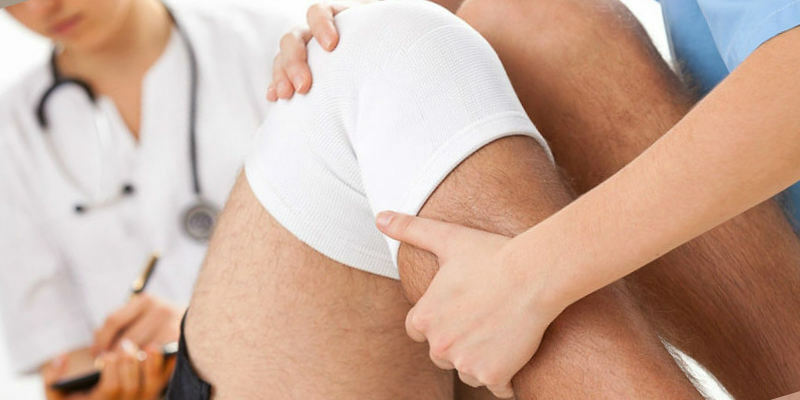
The causes of crunch in the joints are quite diverse, and they are rarely found in a "pure" form, since, usually, a combination of several factors leads to the manifestation of this anatomical feature. We found out that the crunch in the joints can be both physiological and pathological. Let's consider the main reasons contributing to the emergence of a natural crunch, not associated with diseases:
- The physiological nature of the crunch is due to the fact that gas( carbon dioxide) accumulates inside the joint cavity. During movement, the intra-articular space increases and the resulting rarefaction causes the gas bubbles to burst. As a result, a characteristic sound arises that we perceive as a crunch.
- Anatomical features of the size and location of ligaments in the joints - with a certain size and position, during a sharp or, conversely, smooth movement, the ligament touches the bone area, which is accompanied by a sound similar to a crunch.
- Hypermobility of the joints is an inherent feature associated with increased extensibility and weakness of the ligamentous apparatus. As a result, articular joints are characterized by excessive mobility, which leads to characteristic clicks during movement. Such lability of joints is not considered a disease, but requires special care, as it often causes injuries( dislocations, sprains).
Regarding the list of pathological causes provoking conditions when joints crunch all over the body, the main ones are:
- inflammation or infection of tissues inside the joints;
- bursitis is a post-traumatic infection characterized by an inflammatory process in the synovial pouch, its symptoms often become pain and crunch in the joints;
- arthritis( rheumatoid, gouty, infectious);
- arthrosis, developing as a result of injuries, and due to age-related changes;
- deposition of salts in the tissues of the joints;
- protein excess;
- lack of intra-articular( synovial) fluid;
- trauma - any traumatic injuries, from bruises and sprains, to the consequences of surgical interventions;
- inactivity( sedentary lifestyle).
Which joints crun?

A person is physiologically arranged so that some joints experience a greater load than others. It is the "loaded" articular mechanisms that most often produce a pathological crunch. The most "crunchy" joints in the human body are as follows:
- knees;
- hip;
- finger joints;
- shoulder joints.
Knee joints
The knees are subjected to the greatest daily load, not only during walking, but also, paradoxically, even in a sitting position and in a dream. Each leg bend( even in a static position) definitely loads knee joints. Such intensive work leads to wear of the cartilage, ligaments, interlaced tissue in the joint and leads to a crunch becoming a symptom of wear. In addition, crunches in the knee joint may be a consequence of the inflammatory process, infection or injury
A crunch in the knee joint is more likely to occur in individuals whose professional activities are associated with serious loads on their knees. At risk:
- builders;
- loaders;
- athletes;
- cyclists.
In addition, workers who are forced to sit for long periods, for example, drivers of motor vehicles or office employees, are exposed to danger, as well as:
- persons suffering from excess weight or from obesity;
- pregnant women;
- young mothers who use children's "backpacks" and carry them instead of wheelchairs;
- persons with incorrectly selected shoes, or having anatomical features, for example, a significant difference in the length of the legs or flat feet.
Hip joints
Joints and joints of the pelvis are loaded no less than the knees. They also work always - when a person sits, walks or runs. Therefore, a crunch in the hip joint can be heard often enough.
In contrast to the knees, joints in the pelvic region usually begin to crunch when there is an infectious inflammation that spreads to the joint tissues from the appendages, urinary tract, kidneys and other internal organs. In this case, it is possible to accompany the crunch with severe pain( especially when moving) and swelling, often shifting forward, to the lower abdomen.
However, when the child crunches pelvic joints - this is not a sign of illness or pathology, this is a normal process of growth of bone and cartilaginous tissue. When this process is completed, the characteristic crunching of the joints during movement will disappear.
Shoulder Joints
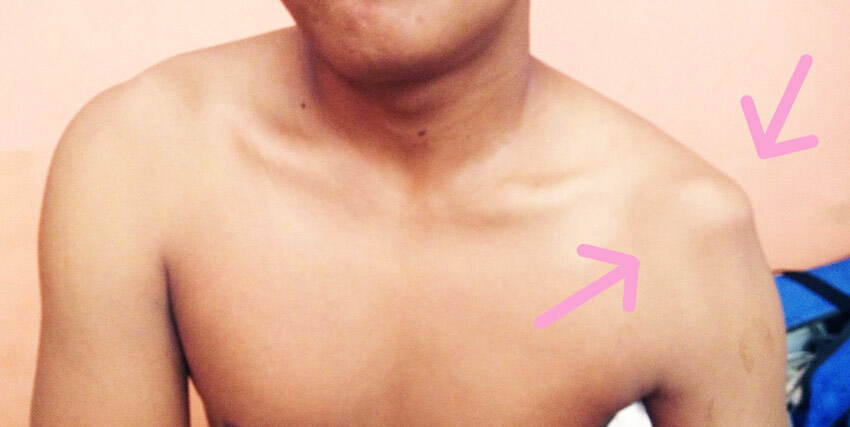
A shoulder crunch may be a symptom of an inflammatory process or infection, as well as the result of injuries or excessive stress on the shoulders( for example, when carrying bags over the shoulder or backpacks).In addition, such a condition may have neurological origins, or be a sign of a developing degenerative process in the cartilaginous tissues. Physicians distinguish the following diseases, accompanied by a crunch in the shoulder joints:
- periarthritis;
- myalgia;
- degenerative anatomical and physiological processes, i.e. - ruptures of fibers and microcracks in muscle tissue, cartilage or ligaments;
- tumors in or around the joint;
- neck spondylosis;
- arthrosis;
- rupture of the corpus spur in the joint;
- osteochondrosis.
Finger joints
Finger joints most often produce a pathological crunchy sound for the following reasons:
- Pathological changes of any kind in the cartilage, bone tissue or ligamentous apparatus( from trauma to an infection that caused either anatomical displacements or destruction of joint tissues).
- Monotonous monotonous load, which led to inflammation of the median nerve, spilling over the joints.
- Deficiency of synovial interconnected fluid in the joint cavity, protecting it from wear.
- Diseases of the joints of an inflammatory-degenerative nature( arthritis, arthrosis)
- Age changes.
How to treat?
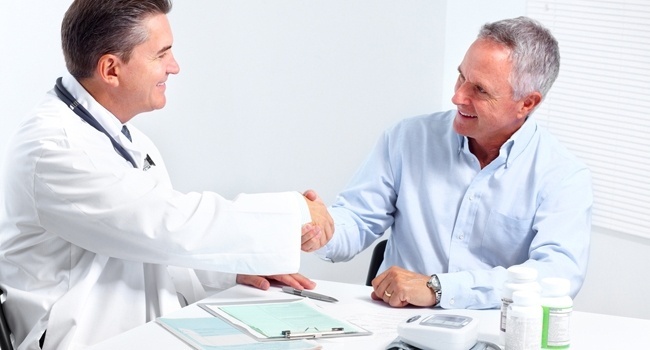 Doctor's consultation
Doctor's consultation The treatment of crunch in the joints begins with the identification of the causes of this condition. Diagnostic measures are in the following stages:
- examination from a surgeon, neurologist and orthopedist;
- X-ray or ultrasound of a problematic "sonorous" joint;
- examination by ultrasound of the joints adjacent to the joint;
- if necessary - MRI of the patient joint and intraocular fluid puncture;
- blood and urine tests.
All examinations pass without pain and quickly enough. The only exception is the fence( puncture) of the intra-articular fluid. But in this case, the patient will also be given preliminary anesthesia before starting the procedure.
Treatment with medicines
Depending on the cause of the characteristic cracking in the joints, the doctor chooses an individual treatment regimen. In the process of conservative therapy, the following pharmacological groups can be recommended:
- Non-steroidal means for the removal of inflammation, both for oral administration( in the form of tablets), and for external, topical application( in the form of gels or ointments).The duration of treatment depends on the clinical picture of the disease and on average ranges from 10 to 20 days.
- Restoration of the structure of cartilaginous tissue with the help of drugs - chondroprotectors, the active substances of which are chondroitin and glucosamine. Medications are taken, either orally, or by direct injection directly into the affected joint site. The duration of treatment is usually 7-10 days, if necessary, repeat the course. Usually for complete elimination of symptoms requires 5 to 6 courses.
- Injection or ingestion of multivitamin complexes containing vitamins A, E, B, as well as microelements such as zinc, potassium, phosphorus and calcium.
- Administration of preparations containing hyaluronic acid. The use of such remedies allows to fill a deficiency of synovial fluid, which envelops the joints from the inside and prevents their abrasion, acting as a natural lubricant.
- The use of biologically active additives( BAA), with the content of amino acids, allows improving the composition of the synovial fluid and activating the restoration and regeneration of cartilaginous tissue.
Treatment without medicines
The physiotherapeutic procedures serve as an excellent addition to the medicamentous course of therapy. At a crunch in joints appoint sessions:
- of a magnetotherapy;
- shock wave therapy;
- chiropractic;
- reflexotherapy;
- vacuum physical activity.
If necessary, the joint is immobilized with special bandages. As the condition improves, physical therapy classes are recommended, cycling and swimming will be beneficial.
Treatment of folk remedies
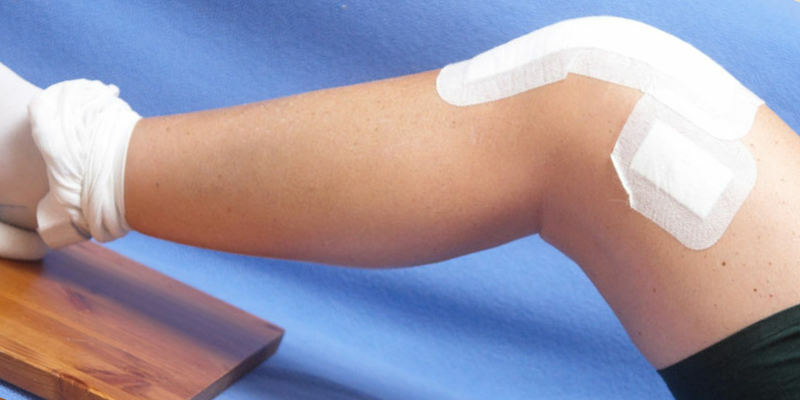
As for folk ways to combat the crunch that occurs when the joint moves, the therapy is based on the use of homemade ointments, compresses or the intake of medicinal tinctures and herbal decoctions. The composition of household ointments includes the following components:
- bee venom;
- badger fat;
- extract from hot pepper and sabelnik.
Compresses to the affected joint are made on pre-steamed or mashed skin.
- Compress with bran. A glass of bran is poured into 500 ml of warm milk and left to swell. Then the swollen mass is laid out in a thick layer on the affected area, wrapped with a plastic wrap, warmed and kept compress for an hour.
- Orange compress. Make it quite simple, enough to squeeze out the juice from one orange and mix it with 100 ml of warm vegetable oil. Then dipped in this mixture gauze napkin and put it on the problem area. Then the joint is wrapped with a food film, warmed with a warm scarf or towel. The duration of the procedure is 30 -40 minutes.
A good effect, allowing to remove inflammation in the tissues of the joints, has water and alcohol tinctures:
- Tincture of spruce or cedar cones. For its preparation, 3-4 cones are filled with 500 ml of boiling water, it is insisted 12 hours. Take 200ml during the day.
- Tincture of saber, comfrey or berries of red mountain ash on alcohol. Ready-made alcohol tinctures can be bought at the pharmacy, taken according to the instructions.
At home, to combat the crunch in the elbow or knee joint, you can make baths with a decoction of alder and birch earrings, pine essential oils or sea salt.
Features of
During the treatment of problem joints, especially if it passes without the use of drugs, you should adhere to certain rules in the diet:
- should avoid food that contributes to the deposition of salts in the joints, that is - smoked, fried, foods with an abundance of spices, marinades and pickles;
- eat as much as possible fermented milk products( especially cottage cheese);
- included in the ration of eggs "soft";
- use as much fish, sea kale and other seafood as possible;
- fresh vegetables filled with natural unrefined vegetable oils;
- include in the daily diet products rich in lecithin;
- is sure to eat nuts;
- include in food legumes.
The only answer to the question - what to do if the joints crunch all over the body - there can be advice without hesitation to turn to the help of specialists and find out the cause of this phenomenon, depending on which one already takes measures to eliminate the crunch.

